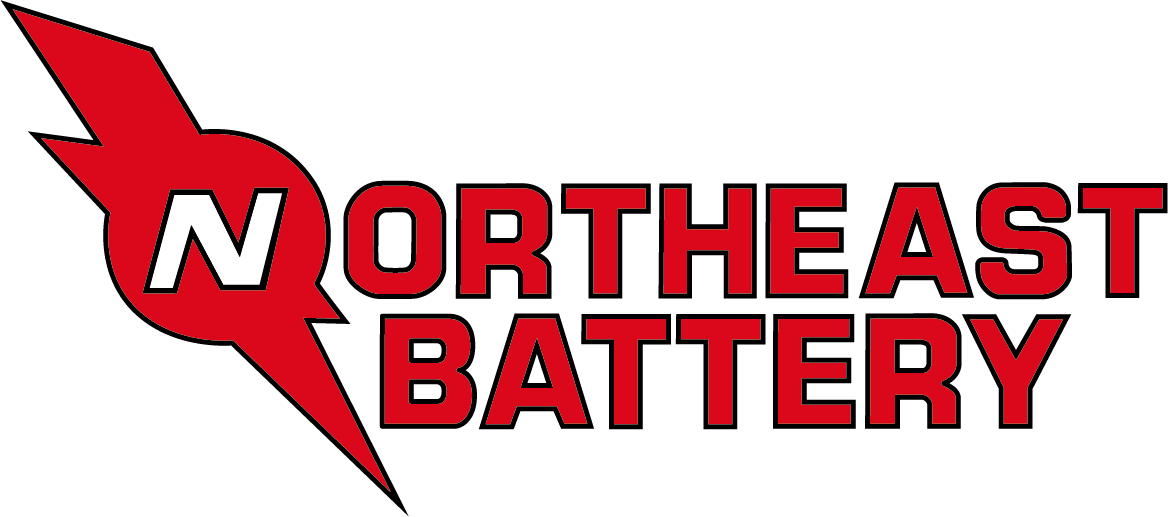Solar power has been at the forefront of nearly every alternative power conversation for a long time now, and Tesla wasted no time getting in on the action.
With more and more people installing solar panels on their homes and businesses Tesla saw a need and created the Powerwall.
What Is Tesla’s Powerwall?
The Powerwall is simply a rechargeable lithium-ion battery that recharges using solar power. It’s an easy concept, right?
This Powerwall can be used to store solar power or be used as backup power in the wake of an outage. The Tesla Powerpack is the same concept as the Powerball, but intended for commercial use, allowing companies a solution for backup power, voltage control, renewable power integration.
Saving money is a huge customer draw and if the reviews are any indicator, this technology is here to stay.

How Does It Work?
The Powerwall connects to a solar panel and an inverter that converts the current from the solar panel into electricity used by your home.
Any excess energy from this process needs to be stored somewhere for later use – the Powerwall is the storage receptacle for this excess energy.
Obviously, there is a bit more technology that goes into the actual execution, but you get the idea.
Tesla’s Powerwall is not the only product like this on the market, however, the differences in lithium technology make each solution a bit different.
Wait…Not All Lithium-Ion Batteries Are The Same?
Correct, not all lithium-ion batteries are created equal. (Hence the myriad of companies with their own battery chemical cocktail claiming theirs is better than the rest.)
The basic construction of a lithium-ion battery is the same: positive and negative electrodes, and an electrolyte.
In this case, the electrolyte is a lithium salt in an organic solvent. The rest of the battery chemistry construction is up to the company making the battery. This means that, while most batteries of similar chemical make up vary only slightly in quality, they do vary.

So Why Make The Investment?
With savings being the driving force behind the consumer push to renewable energy, Tesla is promoting the practice of peak shaving.
Basically, energy is most expensive during peak hours, or the time when everyone is drawing energy from the grid.
You heard that right, you get penalized for using electricity at the same as your neighbors.
This concept of demand rates is typically reserved for commercial users, however, there are a number of electric companies that offer this type of billing to home consumers as well.
By reducing your energy draw from the grid during those hours you are cutting your electric bill. Because Tesla knows there are very few of us who are willing to break out the candles and shut down the game console for a few hours every day, they suggest the Powerwall.
Okay, But Is It Really Worth It?
In all honesty, only you can be the judge if this is the answer for you. Although, there are some serious arguments to be made for solar power with a storage bank.
- The sun comes out every day. Even on cloudy stormy days, the sun is still there. This means that solar energy is in abundance because fossil fuels are not.
- Combining renewable energy technologies such as solar power and rechargeable lithium-ion batteries means that you have a sustainable and reliable power source outside of the utility companies.
- Yes, it’s a financial investment but it’s an investment that will pay off over time. Financing opportunities make this technology available right away so there is a minimal upfront investment.
Once you’ve decided to take the solar plunge, make sure you shop the options available to you. If you’re looking for something more affordable than investing in a Powerwall or solar panels on your house, try something like the Relion Lithium Iron Phosphate Battery. That type of option gives you a cleaner, safer and more reliable renewable energy solution, without a heavy-hitting financial investment. (You can find out more about this battery through our customer service team.)
Life span is a big thing to consider when making this kind of an investment.
Other things to consider are how long it takes the battery to recharge after use and how much energy can be stored in the unit. Any way you slice it, solar power is the future, and if Tesla has their way, we will all be one less step away from getting off the grid.



Northeast Battery, a Stored Energy Holdings, Inc. Company